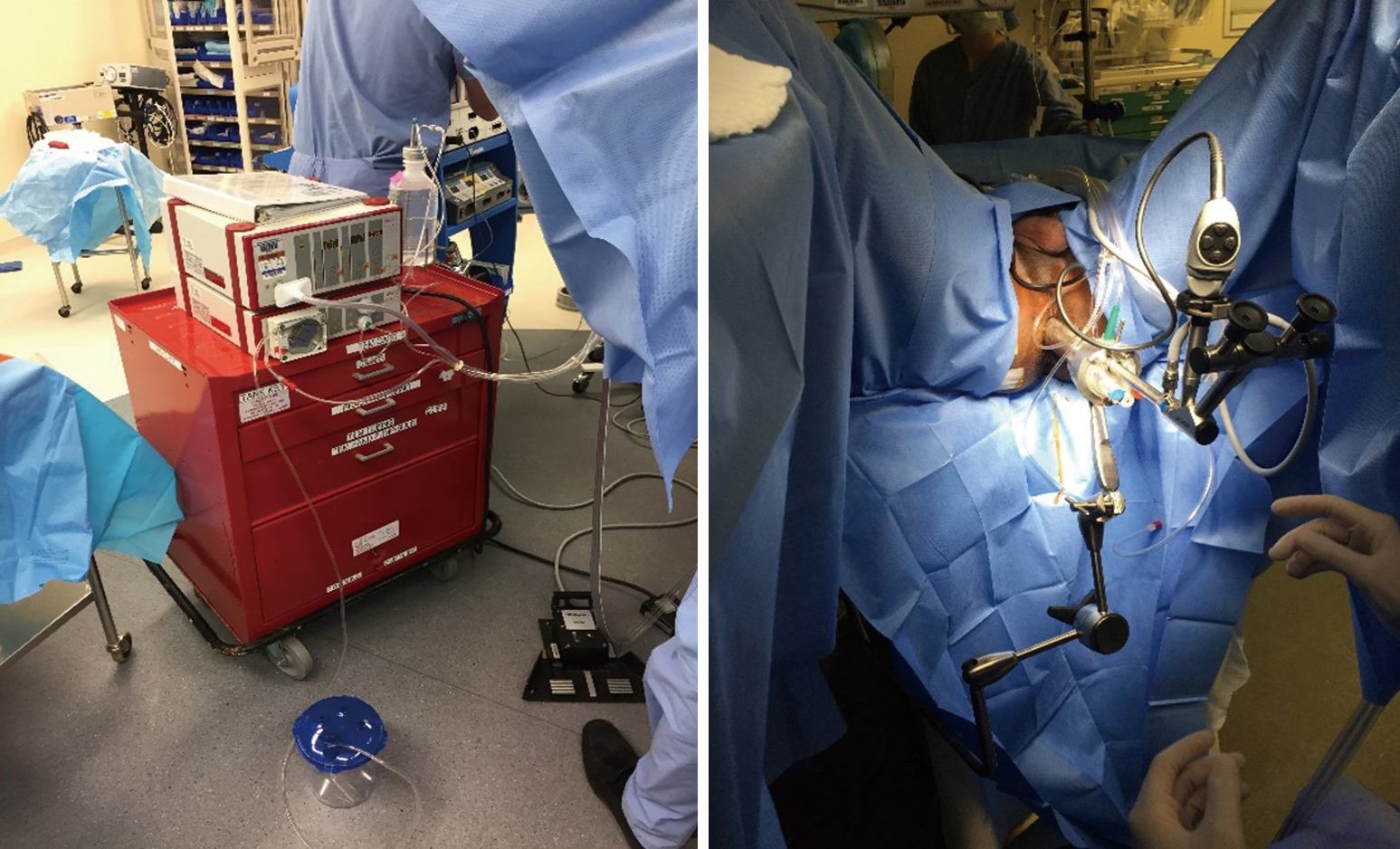

Radiographic studies should be dynamic vs static, best accomplished by imaging during retrograde injection of contrast material and while the patient is voiding (O Fig. The appearance of the urethra can be determined in contrast studies and the amount of elasticity noted on urethroscopy.Ĭontrast studies of the urethra are best carried out under the direct supervision of the treating surgeon. Radiographs, urethroscopy, and ultrasound can be used to determine stricture location and length physical examination and ultrasound will reveal the depth and density of the scar in the spongy tissue. Knowledge of the location, length, depth, and density of the stricture (i.e., spongiofibrosis) are critical to planning appropriate treatment. The practice of blind passage of filiforms and blind dilation without knowledge of the anatomy of the urethral stricture is no longer acceptable medical practice. Although detailed imaging is not always available, flexible endoscopy is almost universally available in the US, and the stricture can at least be visualized and a guidewire passed through the lumen under direct vision. If the appropriateness of management with acute dilation is unclear, a suprapubic cystostomy catheter should be placed acutely while an appropriate treatment plan is devised. Most cases are managed with acute dilation however, this is not the best treatment course in many cases. If a patient cannot void, an attempt should be made to pass a urethral catheter if the catheter does not pass, dynamic retrograde urethrography should be performed to determine the nature of the obstruction. On close inquiry, many of these patients have tolerated obstructive voiding symptoms for prolonged periods before progressing to complete obstruction. Patients with urethral strictures most often present with obstructive voiding symptoms or urinary tract infections, such as prostatitis or epididymitis some will also present with urinary retention.


 0 kommentar(er)
0 kommentar(er)
